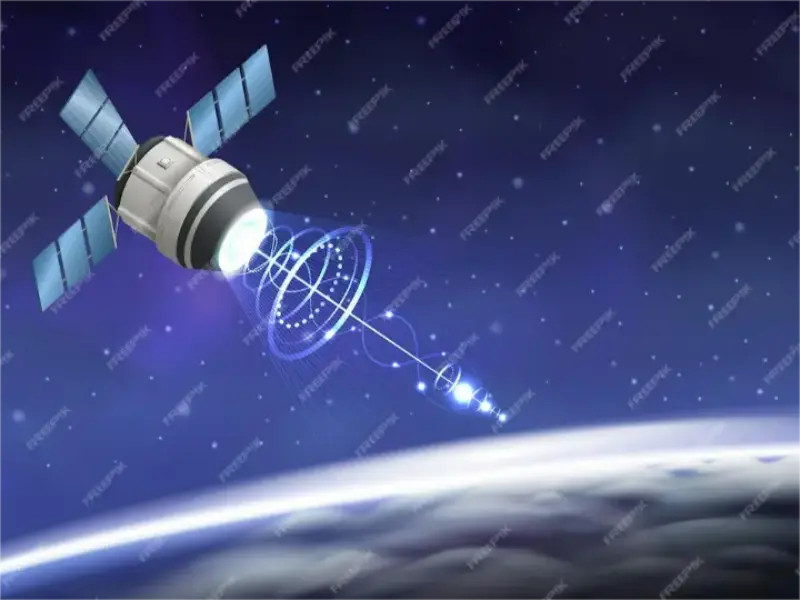- Vodafone is testing satellite-powered mobile connectivity, bringing coverage to remote and underserved areas.
- The trials will evaluate network performance, user experience, and integration with existing mobile services.
What happened
Vodafone has taken another step toward commercialising direct-to-device (D2D) satellite communications by conducting additional trials with AST SpaceMobile. The initiative is part of Vodafone’s strategy to provide mobile connectivity to remote regions where traditional infrastructure is limited or unavailable.
The latest trials are focused on testing network performance, call quality, and internet speeds. Vodafone’s collaboration with AST SpaceMobile is seen as a major step towards enabling standard mobile devices to connect directly to satellites without requiring specialised hardware.
Vodafone aims to integrate satellite connectivity into its existing mobile services, ensuring seamless global coverage. These trials follow earlier successful tests that demonstrated voice calls and data transmission via satellite.
Why it’s important
D2D satellite connectivity has the potential to revolutionise mobile communications by extending network access to rural and hard-to-reach locations. By leveraging satellite technology, Vodafone aims to eliminate mobile dead zones, improving connectivity for millions of users worldwide.
This innovation is particularly significant for emergency services, maritime communications, and disaster response efforts, where reliable connectivity is crucial. If successful, Vodafone’s initiative could set a new standard for global telecom coverage, bridging digital divides and ensuring universal access to mobile networks.

